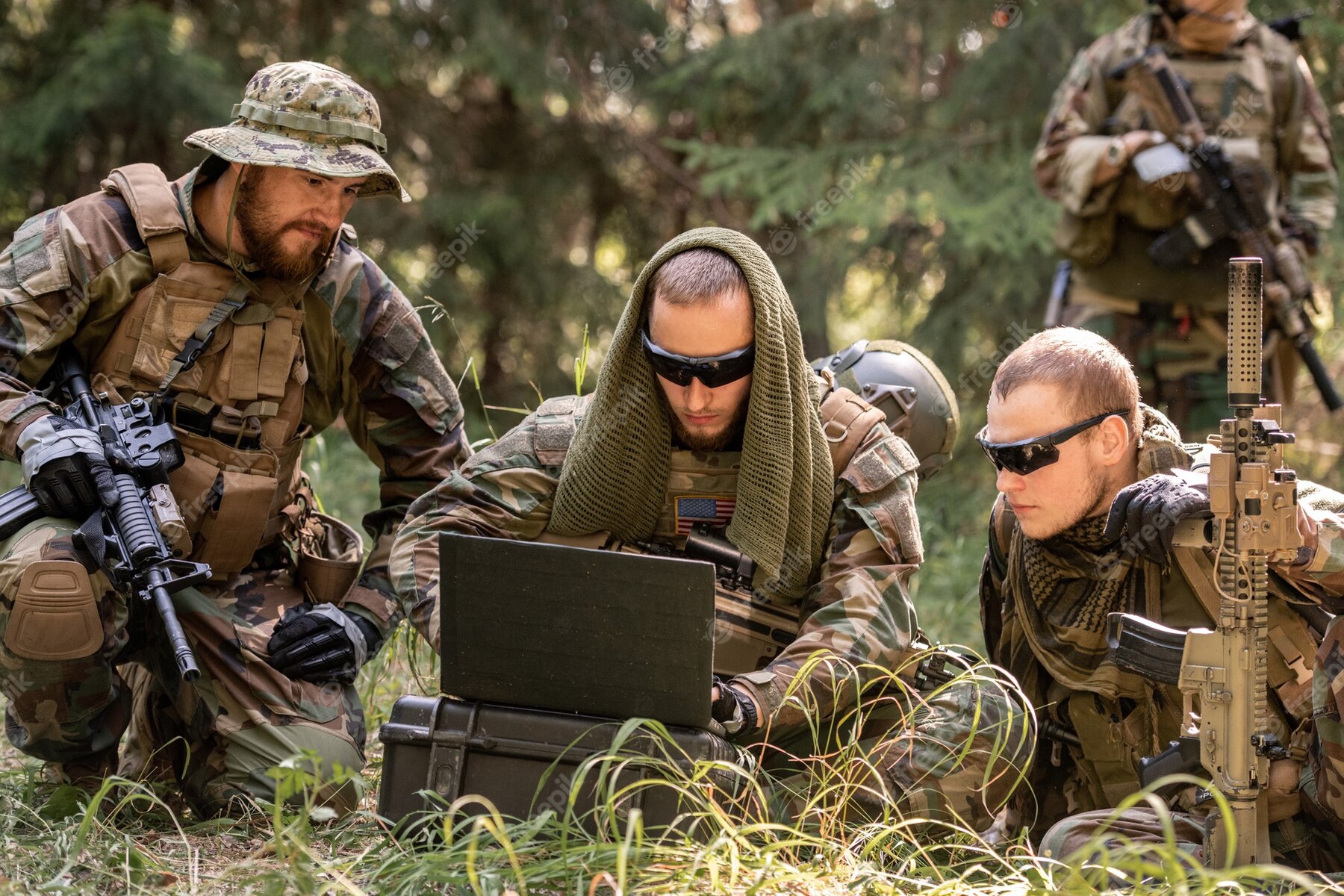From the depths of ancient forests to the vast expanses of the modern cityscape, the phenomenon of camouflage has played a pivotal role in the survival and protection of countless species. It’s more than just blending in; it’s a remarkable adaptation that has evolved over eons, allowing organisms to hide in plain sight, evade predators, and ambush unsuspecting prey. This article delves into the intriguing world of camouflage, exploring its definition, its indispensable significance in the realm of survival, and the captivating journey of its evolution.
Definition of Camouflage
Camouflage, at its core, refers to the cunning ability of an organism to conceal itself from the eyes of others. It’s a dynamic strategy, an intricate dance between an organism and its environment. This dance often involves intricate color patterns, ingenious shapes, and even behavioral adaptations that together create an illusion of non-existence. As nature’s master of disguise, camouflage has endowed creatures with the power to manipulate perception, allowing them to become virtually invisible to predators, prey, or even human observers.
Camouflage in Human History
In the dawn of human existence, the need to disappear into the wilderness was a matter of survival. Early humans instinctively recognized the advantage of using natural materials for camouflage. Simple garments woven from leaves, bark, and animal hides allowed them to approach their prey undetected, enhancing their chances of a successful hunt. These primitive disguises marked the genesis of human camouflage, a thread that would weave its way through millennia.
Military Applications of Camouflage
- World War I and II Developments: The 20th century brought camouflage into the realm of warfare. During World War I, military forces began experimenting with camouflage techniques to hide soldiers and equipment from aerial reconnaissance. Innovations like the use of “dazzle” patterns on ships and the introduction of “trench art” camouflage in battlefields showcased the early forays into the strategic use of camouflage.
- Modern Military Camouflage: World War II witnessed further advancements in military camouflage, including the use of camo nets, ghillie suits, and the iconic “duck hunter” pattern used by US forces. As technology evolved, so did camouflage tactics. Today, militaries around the world employ sophisticated patterns and materials to blend into diverse environments, spanning from deserts to forests to urban settings.
Technological Advances in Camouflage
Adaptive Camouflage
- Chameleons and Color-Changing Animals: Nature’s own masters of disguise, chameleons, have inspired a fascination with color-changing camouflage. Scientists and engineers are now deciphering the mechanisms behind their dynamic skin patterns, seeking to replicate this adaptability in technological applications.
- Technological Adaptations Inspired by Nature: Nature’s designs often serve as blueprints for innovation. Materials that mimic the texture and reflectivity of certain animal skin, like squid-inspired surfaces that can change texture and appearance, have paved the way for advanced camouflage materials. These innovations blur the boundaries between the natural world and human invention.
Active Camouflage
- Electronic and Digital Camouflage Methods: The world of active camouflage involves using technology to actively manipulate appearance. From materials that can change color with the push of a button to devices that project images onto surfaces, these methods redefine the concept of concealment. Imagine soldiers adapting their appearance to match their surroundings in real time, rendering them nearly invisible to the naked eye.
- Integration of Advanced Materials: With the advent of nanotechnology and smart materials, camouflage is entering a new era. Light-bending materials and textiles that mimic natural phenomena like iridescence are being harnessed to create versatile camouflage solutions. These materials can be fine-tuned to blend into a multitude of environments, opening up a world of possibilities.
Future Trends in Camouflage
Nature has been the muse of camouflage since its inception, and the future is no different. Organisms that have perfected the art of disappearing into their environments continue to provide insights that inform technological advancements. The principles of disruptive coloration, mimicry, and texture-matching found in the animal kingdom serve as blueprints for cutting-edge camouflage materials. With the aid of advanced imaging technologies, researchers are delving deeper into the nuances of natural camouflage, unlocking secrets that will drive the creation of next-generation concealment techniques.
Integration of Artificial Intelligence and Machine Learning
In the realm of camouflage, technology’s role is set to become more profound with the integration of artificial intelligence (AI) and machine learning. These tools have the potential to revolutionize the way camouflage is developed and deployed. By analyzing vast amounts of data, including environmental conditions, visual perceptions, and even predator-prey interactions, AI can help tailor camouflage solutions to specific situations. Imagine garments and materials that adapt their appearance in real-time based on changing surroundings, making the wearer virtually invisible.
Sustainable and Adaptable Camouflage Solutions
The imperative of sustainability is casting a spotlight on camouflage innovation. Researchers and designers are exploring eco-friendly materials and manufacturing techniques to reduce the environmental footprint of camouflage production. Additionally, adaptable solutions that can be customized to various environments offer a cost-effective and environmentally-conscious approach. Camouflage that can be easily adjusted to suit different terrains, lighting conditions, and even climates would not only benefit military applications but also conservation efforts and everyday use.
Final Thoughts
Camouflage, it seems, is an ever-evolving dance between life and environment. It’s a testament to the intricate relationship between perception, survival, and adaptation. As we gaze upon the realm of camouflage, we’re reminded that the world is a canvas upon which life’s mysteries are painted. From the depths of ancient forests to the heart of bustling cities, the art of concealment continues to shape the destinies of organisms great and small.

